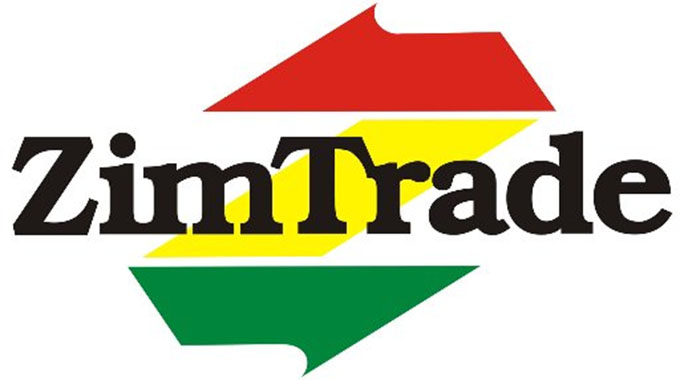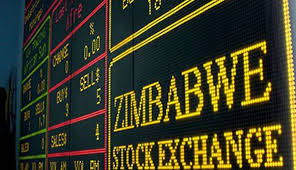RBZ explores central bank digital currency
THE Reserve Bank of Zimbabwe (RBZ) says it is moving ahead with plans to create Zimbabwe’s own Central Bank Digital Currency (CBDC) on a phased approach.
RBZ Governor Dr John Mangudya said the bank’s intention to explore the CBDC was pursuant to the Cabinet decision of November 2021 and “taking into account global trends”.
“Since then, the bank has conducted study tours to countries that are advanced in CBDC
endeavours and has developed a roadmap for adoption of CBDC in Zimbabwe.
Reserve Bank of Zimbabwe (RBZ)
“The role of stakeholders in the CBDC journey is paramount and in that regard the Bank has
developed a public consultation paper on CBDC to be released soon,” he said in the recent
monetary policy statement (MPS).
Dr Mangudya said that the consultation paper was aimed at fostering a broad and transparent
public dialogue regarding the potential benefits and risks of CBDC.
“The public will have a period of 90 days from the date of release to submit their comments to the
Bank,” he said.
Dr Mangudya said in addition to the consultation paper the bank shall carry-out consumer
perception surveys on CBDC.
“The findings of both the consultation paper and consumer survey will enable the Bank to engage
in pilot programmes related to CBDC,” he noted.
CBDC is a digital form of central bank money that offers central banks unique advantages at the
retail and wholesale levels, including increased financial access for individual customers and a
more efficient infrastructure for interbank settlements.
In other words, central bank digital currencies are digital tokens, similar to cryptocurrency, issued
by a central bank. They are pegged to the value of that country’s fiat currency.
The money represents the digital form of a country’s fiat currency. Fiat money is a governmentissued currency that is not backed by a physical commodity like gold or silver. It is considered a
form of legal tender that can be used to exchange goods and services.
cryptocurrency
Globally, over 10 countries have fully launched a digital currency, with China’s pilot set to expand
in 2023. Nigeria, Africa’s largest economy, launched its CBDC in October 2021.
In the Southern Africa region, the South African Reserve Bank is experimenting with a wholesale
CBDC, which can only be used by financial institutions for interbank transfers. The country is also
participating in a cross-border pilot programme with the central banks of Australia, Malaysia, and
Singapore.
Countries across the world have different motives for issuing central bank digital currencies, but
for the region there are some potentially important benefits.
Fiat money
The first is promoting financial inclusion as CBDCs could bring financial services to people who
previously didn’t have bank accounts, especially if designed for offline use. In remote areas without
internet access, digital transactions can be made at little or no cost using simple feature phones.
CBDCs can be used to distribute targeted welfare payments, especially during sudden crises such
as a pandemic or natural disaster. They can also facilitate cross-border transfers and payments and
could make sending remittances easier, faster, and cheaper by shortening payment chains and
creating more competition among service providers.
Inter-Horizon Securities on its part said the adoption of a CBDC in Zimbabwe has advantages that
include ease of access to the currency, as well as cheaper transactions, promoting financial inclusionand therefore, widening the base for transaction fees.-chronicle.co.zw












